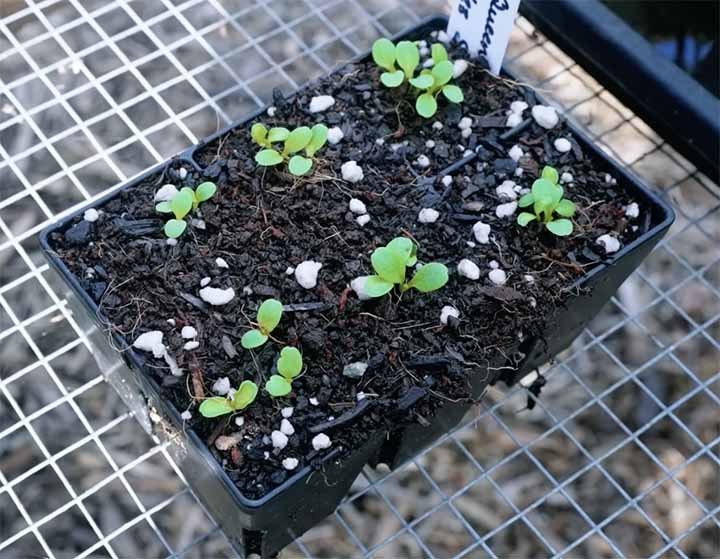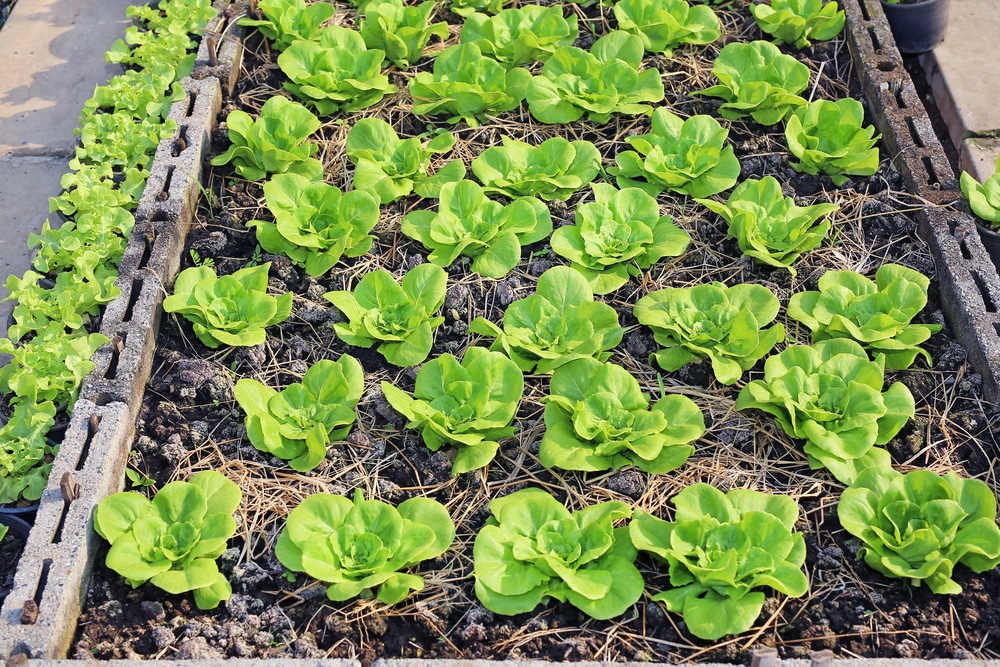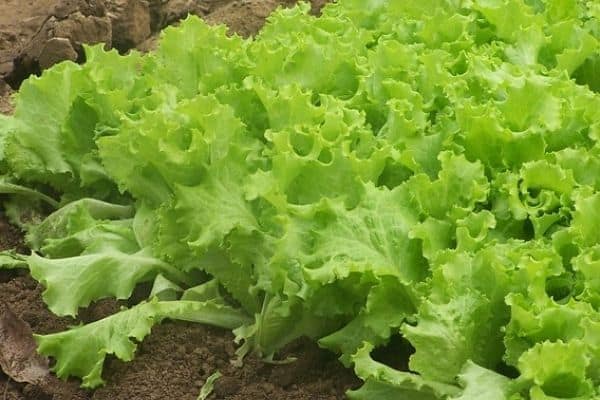Why Thinning Lettuce Seedlings Matters
Thinning lettuce seedlings is a crucial step in the growth process, and many gardeners wonder, “Do you thin lettuce seedlings?” The answer is a resounding yes. By thinning lettuce seedlings, gardeners can promote healthy growth, improve air circulation, and increase yields. Overcrowding can lead to reduced growth rates, increased competition for water and nutrients, and a higher risk of disease. Thinning allows the remaining seedlings to receive the necessary resources to thrive, resulting in stronger, healthier plants. In fact, thinning can increase lettuce yields by up to 30%, making it a simple yet effective technique for any gardener looking to maximize their harvest. By understanding the importance of thinning, gardeners can take the first step towards growing a bountiful crop of delicious and nutritious lettuce.
When to Thin Lettuce Seedlings for Optimal Results
The ideal time to thin lettuce seedlings depends on several factors, including seedling age, spacing, and weather conditions. Generally, lettuce seedlings are ready to be thinned when they have 2-3 sets of leaves, usually around 7-10 days after germination. However, this timeframe may vary depending on the specific lettuce variety, growing conditions, and desired harvest size. For instance, loose-leaf lettuce may be thinned earlier than romaine or buttercrunch lettuce. It’s also essential to consider the weather, as thinning during extreme weather conditions, such as intense heat or cold, can cause stress to the seedlings. By timing thinning correctly, gardeners can ensure that their lettuce seedlings receive the necessary resources to thrive, ultimately leading to a bountiful harvest. So, do you thin lettuce seedlings at the right time? Make sure to monitor your seedlings closely and thin them when they reach the optimal stage.
How to Identify the Strongest Lettuce Seedlings
When it comes to thinning lettuce seedlings, identifying the strongest ones is crucial to ensure a healthy and thriving crop. So, how do you identify the strongest lettuce seedlings? Start by examining the leaves, looking for those with a vibrant green color and a robust shape. Avoid seedlings with yellow or wilted leaves, as they may be weak or diseased. Next, inspect the roots, selecting seedlings with well-developed root systems that are white or light-colored. This indicates a strong and healthy plant that is more likely to thrive. Additionally, consider the seedling’s growth rate, choosing those that are growing rapidly and evenly. By selecting the strongest lettuce seedlings, gardeners can increase their chances of a successful harvest and reduce the risk of disease and pests. Remember, do you thin lettuce seedlings carefully, and you’ll be rewarded with a bountiful crop of delicious and nutritious lettuce.
A Step-by-Step Guide to Thinning Lettuce Seedlings
Thinning lettuce seedlings can seem intimidating, but with the right tools and techniques, it’s a straightforward process. To get started, gather a pair of scissors or clippers, a small trowel or fork, and a watering can. Begin by gently watering the seedlings to loosen the soil and make them easier to handle. Next, carefully inspect the seedlings, identifying the strongest ones based on characteristics such as leaf size, color, and root development. Using your scissors or clippers, snip off the weaker seedlings at soil level, taking care not to disturb the surrounding soil or damage nearby seedlings. For seedlings that are too close together, use your trowel or fork to gently tease them apart, making sure to handle the roots with care. After thinning, water the remaining seedlings thoroughly to settle the soil and provide enough moisture to support their growth. By following these steps, gardeners can successfully thin their lettuce seedlings and set themselves up for a bountiful harvest. Remember, do you thin lettuce seedlings correctly, and you’ll be enjoying fresh, delicious lettuce in no time.
Common Mistakes to Avoid When Thinning Lettuce Seedlings
When it comes to thinning lettuce seedlings, there are several common mistakes that gardeners should avoid to ensure a successful harvest. One of the most critical mistakes is over-thinning, which can leave too much space between seedlings and reduce overall yields. On the other hand, under-thinning can lead to overcrowding, increased competition, and reduced growth rates. Another mistake to avoid is damaging nearby seedlings during the thinning process, which can be devastating to the entire crop. To avoid this, gardeners should use clean and sharp tools, and handle the seedlings with care. Additionally, thinning lettuce seedlings at the wrong time, such as when they are stressed or under water, can cause more harm than good. By being aware of these common mistakes, gardeners can take steps to avoid them and ensure a healthy and thriving crop. Remember, do you thin lettuce seedlings correctly, and you’ll be rewarded with a bountiful harvest of delicious and nutritious lettuce.
The Benefits of Thinning Lettuce Seedlings for a Bountiful Harvest
Thinning lettuce seedlings is a crucial step in the growing process, and it offers numerous benefits that can lead to a bountiful harvest. One of the most significant advantages of thinning lettuce seedlings is increased yields. By giving the strongest seedlings enough space to grow, gardeners can expect a higher volume of crisp, delicious lettuce. Thinning also improves the flavor of lettuce, as the remaining seedlings are able to receive more sunlight, water, and nutrients. Additionally, thinning lettuce seedlings can reduce pest and disease issues, as overcrowding can create an environment conducive to the spread of problems. Furthermore, thinning promotes healthy growth, allowing lettuce plants to develop strong roots and sturdy stems. By doing so, do you thin lettuce seedlings correctly, and you’ll be rewarded with a harvest that is not only abundant but also of superior quality. With these benefits in mind, it’s clear that thinning lettuce seedlings is an essential step in the journey to growing delicious and nutritious lettuce.
Thinning Lettuce Seedlings in Different Growing Conditions
When it comes to thinning lettuce seedlings, the growing conditions play a significant role in determining the best approach. For instance, indoor gardens may require more frequent thinning due to the controlled environment, while outdoor gardens may need to be thinned less frequently due to natural weather conditions. In container gardens, thinning may need to be done more carefully to avoid damaging the roots of nearby seedlings. Additionally, the type of lettuce being grown can also impact the thinning process. For example, loose-leaf lettuce may require more frequent thinning than romaine or buttercrunch lettuce. By understanding the specific growing conditions and adapting thinning techniques accordingly, gardeners can ensure that their lettuce seedlings receive the necessary care to thrive. Whether do you thin lettuce seedlings in a small indoor pot or a large outdoor bed, the key is to be flexible and adjust the thinning process to meet the unique needs of the growing environment.
Troubleshooting Common Issues with Thinning Lettuce Seedlings
Despite the best efforts, issues can arise when thinning lettuce seedlings. Slow growth, pests, and diseases are common problems that can occur if thinning is not done correctly. To troubleshoot these issues, it’s essential to identify the root cause of the problem. For instance, slow growth may be due to inadequate light or water, while pests and diseases can be caused by poor sanitation or overcrowding. By addressing the underlying issue, gardeners can take corrective action to get their lettuce seedlings back on track. For example, if do you thin lettuce seedlings too aggressively, it may lead to slow growth. In this case, providing additional nutrients and adjusting the watering schedule can help promote healthy growth. Similarly, if pests or diseases are present, removing infected seedlings and treating the remaining ones with organic pest control methods can help prevent the spread of the problem. By being proactive and taking corrective action, gardeners can overcome common issues and enjoy a bountiful harvest of delicious and healthy lettuce.







